It’s well documented that the dairy industry deliberately set out to neutralise the negative, though justified, association of saturated fat with cardio vascular disease (CVD) in the minds of doctors, regulators and the public. The industry funded studies that were purposefully designed to fail and then drew patently false and misleading conclusions from them. And it’s working: they have created doubt and confusion about the harms of saturated fat and cholesterol in everyone’s mind. Money well spent.
Firstly observational studies.
A common trope used by dairy and meat industry front groups are population studies of Western societies in the 20th century allegedly showing that lower fat diets are not associated with lower CVD outcomes. However, at no time have Western societies had a low saturated fat diet. Government campaigns are well known to be ineffective, or counter-productive: the low-fat drive hasn’t resulted in people actually having lower fat diets at all.
The explosion of obesity that occurred at the end of the 1970s coincided with the arrival of high fat, high salt, high sugar convenience foods. Even the supposed low-fat options were still very high in fat. The farming of fish and the breeding of chickens also meant that these ‘healthy’ options were not so: a 6 oz fillet of farmed salmon (died pink to hide its unhealthy looking grey colour) has 4.1 gms of saturated fat, comparable with a chicken leg. Chickens have been bred for so much breast meat that they can hardly stand.
Yes, processed foods are unhealthy. So is the saturated animal fat going into them. So is butter, which is a highly processed food: it’s the refined oil from breast milk, made for a precious baby, out of grass.
The famous 2010 Siri-Taurino meta-analysis led by Ronald M Kraus (a cardiologist funded by the US National Dairy Council and by the Cattleman’s Association) compared people on a high fat diet with people on an even higher fat diet (they also controlled for cholesterol levels which obscured the impact of cholesterol on CVD). Once a certain level of high saturated fat is reached there will be little or no difference in CVD outcomes and deaths. The study does not let saturated fat off the hook.
The 2014 Chowdhury study also did not show that saturated fat was vindicated. Individual correlation between fatty acids and CVD outcomes would not be expected due to variability between people. One person could eat a certain amount of fatty acids and have a different cholesterol (and therefore a different CVD risk) than someone else. It is the change in cholesterol that has a proportional relationship to fatty acid intake. The designers of this experiment were perfectly well aware that it did not have the statistical power to show a correlation between individual fatty acids and CVD risk. The whole experiment was a total set up.
Astrup (a member of the Communications and Scientific Advisory Board of the Global Dairy Platform) found that, for those on a Western diet, replacing 1% of calories from saturated with poly unsaturated fat reduced CVD by 2-3% but still managed to conclude ‘the effect of saturated fats from cheese on blood lipids and CHD may be counterbalanced by the content of protein, calcium, or other components in cheese’.
The evidence that cheese is somehow protective comes from no evidence of harm for dairy. That is if you control for harmful cholesterol levels and fat intake and also ignore studies that do show an increased risk. The conclusion is also drawn and from claims that low-fat milk is part of a ‘healthy diet’. That is if you ignore prostate cancer, acid load to kidneys and T1 diabetes. The unbiased conclusion would be that diets containing more fruit and veg are healthier despite containing low-fat milk and not because of it.
A meta-analysis of observational studies showed that a daily small bit of cheese (the benefit disappeared at higher amounts) was slightly protective against CVD death (2-3% absolute risk reduction), though not against all cause death. The group eating the small amount of cheese had lower BMIs, were younger at the start, were less likely to have been told they had high cholesterol and on average left school later. The authors claimed no conflict of interest: apart from working for Yili, China’s largest Dairy producer. The studies focused on Europe where cheese is more expensive and consumption is associated with higher socio-economic status, higher fresh fruit and veg consumption and therefore with lower CVD risk.
Evidence against.
The China Study (never debunked in peer review) showed that rural Chinese, eating mainly plants and soy based diets, adding fish and meat very sparingly, had cholesterol below 170 mg/dL (4.4 in the UK) and sometimes as low as 80 mg/dL (2 in the UK). They also had 1700% lower CVD than the US and 500% lower breast cancer.
What about interventional studies?
This example shows how much coconut milk, coconut fat, chocolate and sugary biscuits were added to a ‘low-fat’ CARB diet to make it high enough in fat (575 calories from fat and 32 gms of saturated fat per day) for the authors to conclude ‘Diets with CHEESE and MEAT as primary sources of SFAs cause higher HDL cholesterol and apo A-I (the major protein carried in HDL) and, therefore, appear to be less atherogenic than is a low-fat, high-carbohydrate diet.’
HDL cholesterol is no longer regarded as protective. Low HDL is associated with metabolic pathologies but higher HDL does not reduce risk of CVD, it is not a causal factor, just a proxy marker. HDL rises with increased saturated fat and may even have negative vascular effects, making a U shaped curve of high risk at both low and high levels. By far the most important factors are total and LDL cholesterol. The CARB diet dropped the most in both compared to the two other diets. However, these minor differences are irrelevant as all three diets ended with a whooping great atherogenic cholesterol of about 6 mmol/L (230 mg/dL). Heart attack city.
Similarly, diets claiming to show that beef lowers cholesterol removed so much dairy, eggs and other meats that the total saturated fat intake in the beef diet was cut in half, so it would inevitably lower cholesterol.
Evidence against.
Caldwell Esselstyn reversed heart disease in 22% and improved it in 94% of the adherent group of severe cardiac patients by using a whole food, plant based diet. 62% of the non-adherent group got worse and none showed any reduction or reversal. There was no randomisation nor control, however, the patients were at their last resort and would not have got better untreated, as the group sticking to the standard western diet showed.
Why wasn’t this amazing result explored further and why would such an effort be put in to debunk it (on social media, not in peer review) if it weren’t for the animal ag and pharma industries, who don’t actually want people to get better nor to thrive? Where else would such animosity to freedom from their products come from?
Caldwell concluded in 2014 ‘Thousands of stable patients having stents experience no reduction in major cardiac events. While drugs have some effects on disease initiation and progression, these interventions do not address disease causation. Not surprisingly, most patients experience disease progression, more drugs, more imaging, repeat interventions, progressive disability, and, too often, death from a disease of western malnutrition, the cause of which has been largely left untreated. In summary, the present cardiovascular medicine approach tested beyond 40 years can neither cure the disease nor end the epidemic and is financially unsustainable. The safety, diminished expense, and prompt, powerful, and persistent results in treating the cause of vascular disease by whole-food plant-based nutrition offer a paradigm shift from existing practice. We think the time is right for a controlled trial. But in the meantime, the data are sound and strong enough that patients should be informed of this option.’
The meat and dairy industry has succeeded: 10 years later, still no controlled study, still very few patients informed of this option and the confusion and doubt around the well established harms of saturated fat far worse than ever.
Don’t let them fool you. The evidence is not only in the literature, if you know how to look interpret it, it’s also in the way that advocates for plant based diets are attacked and discredited. The animal ag and pharma industries don’t want you knowing about the delicious and energising truth on how to prevent and reverse heart disease.
🐒


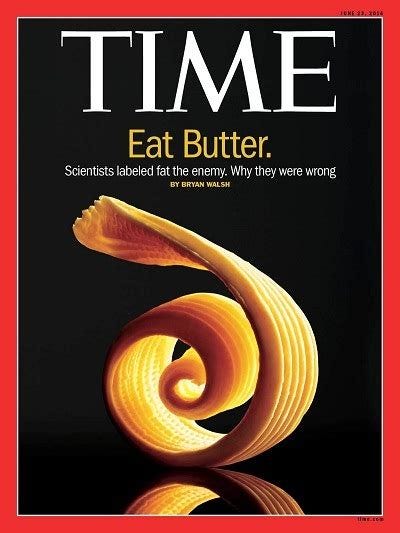
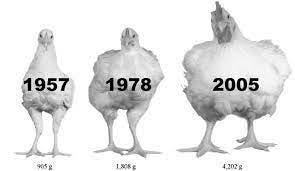
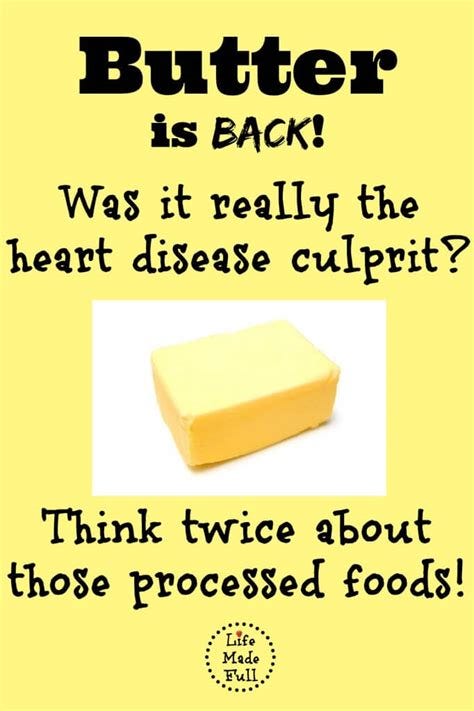
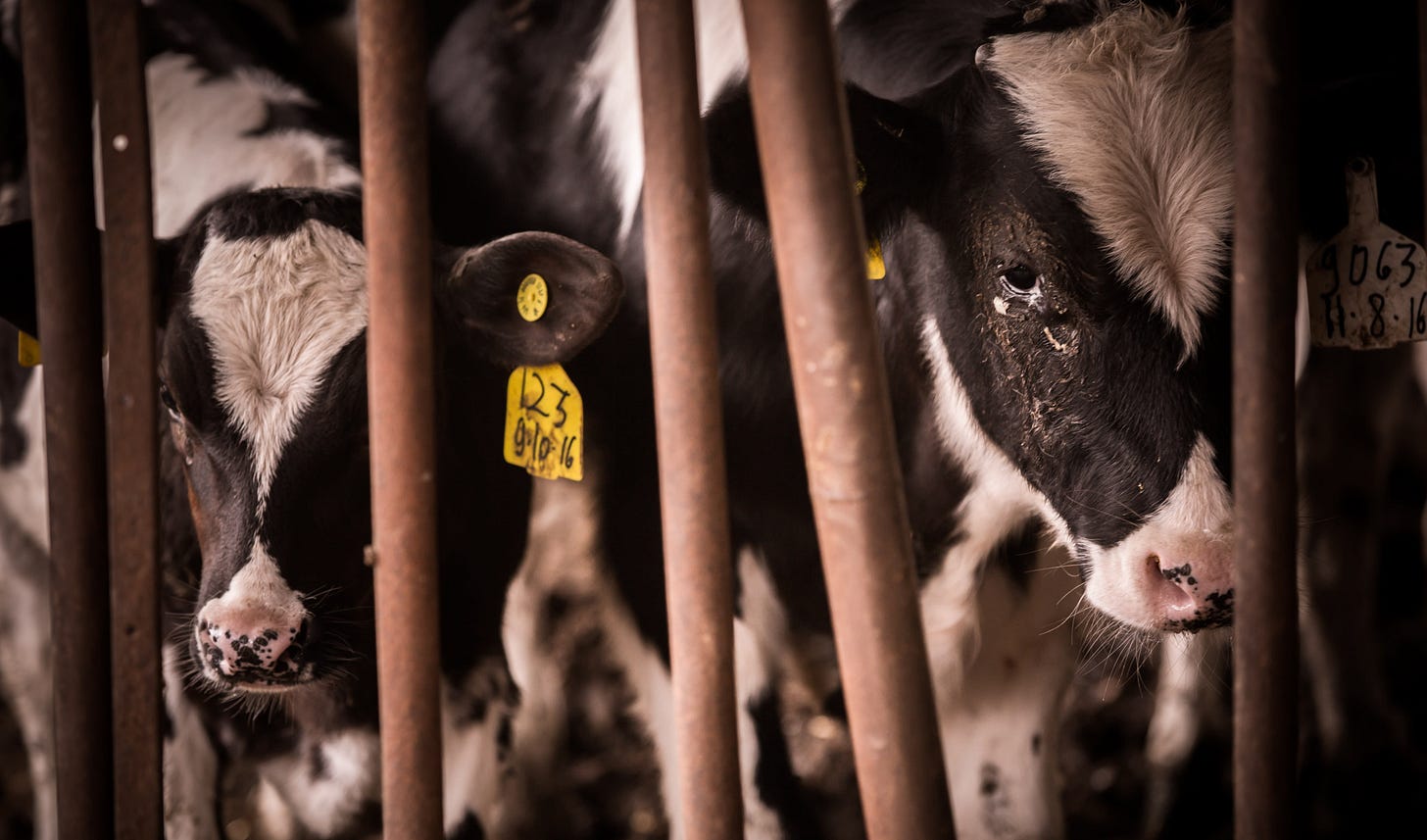
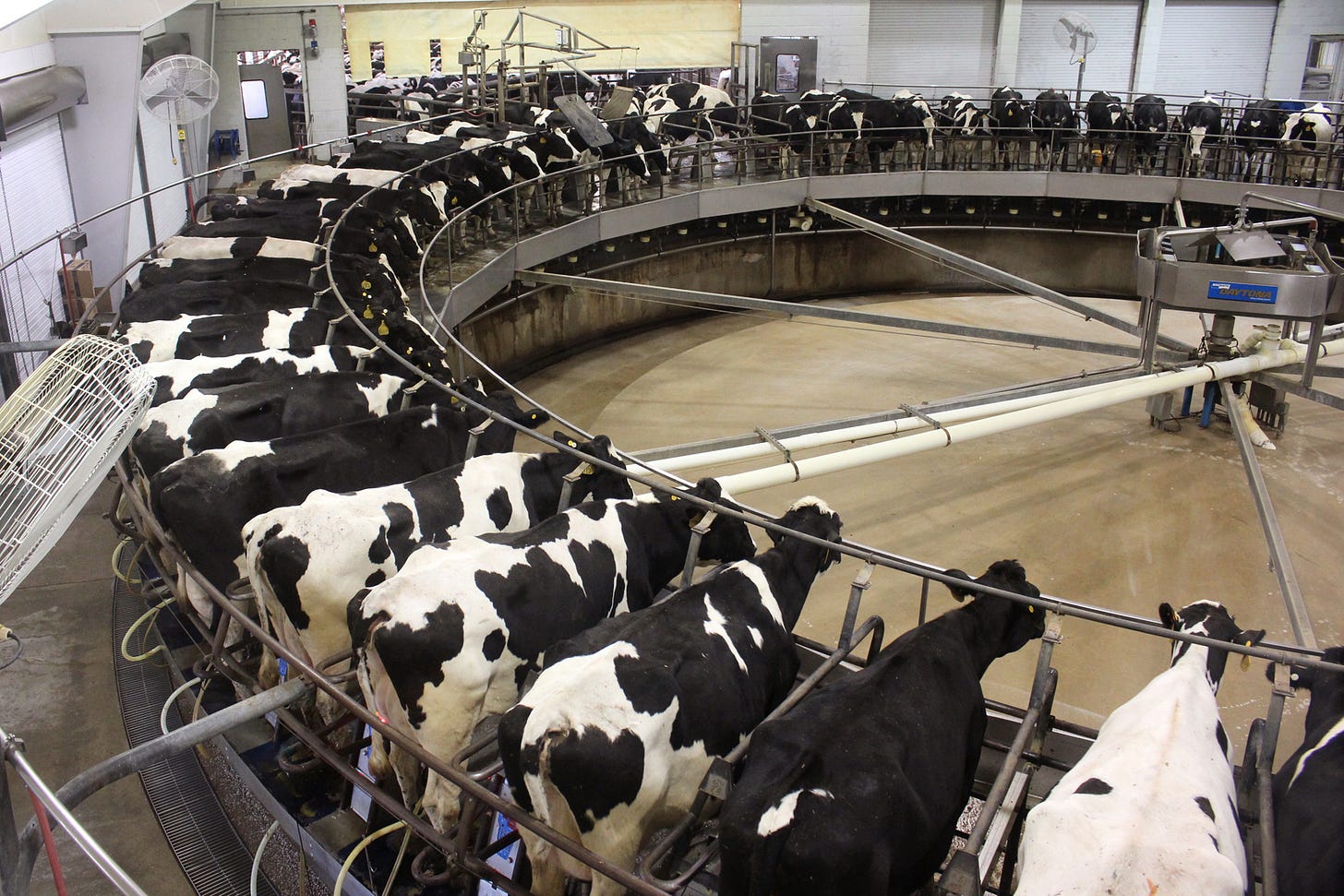

Thank you for exposing this disgraceful scam!